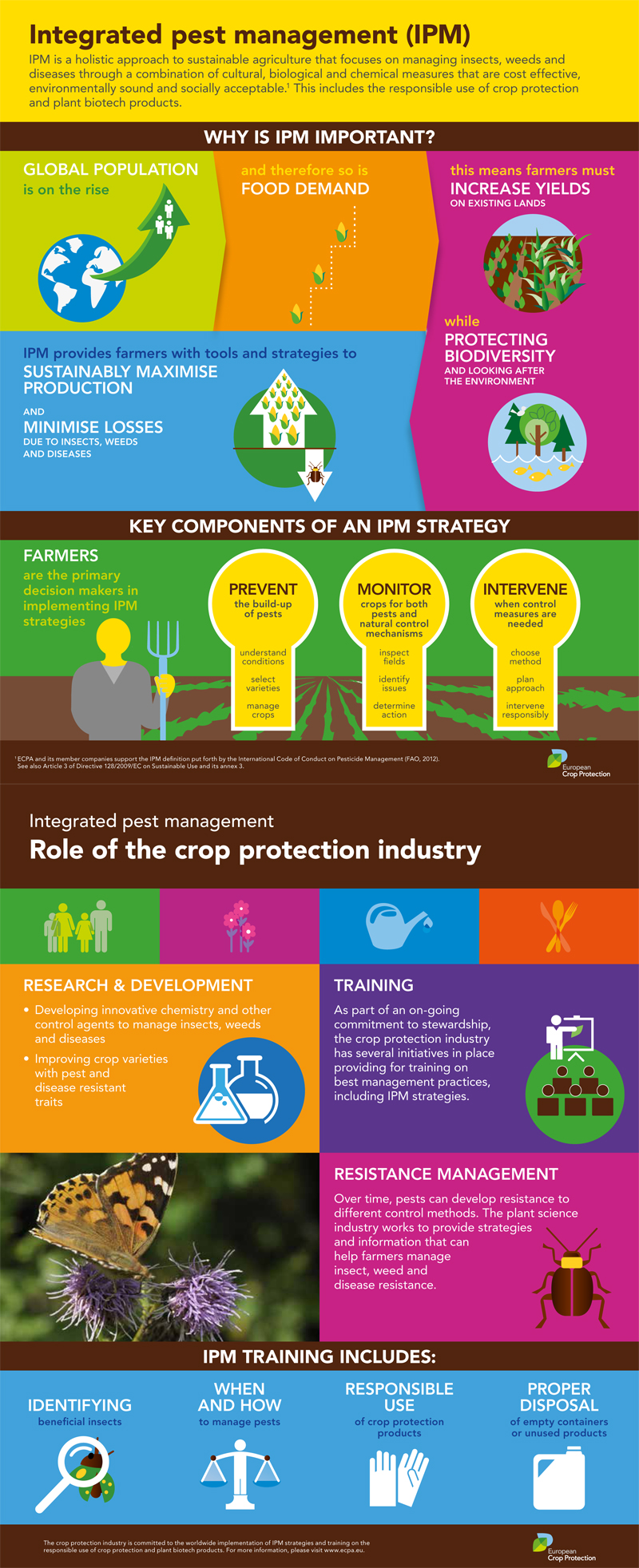Envision your attic as a cozy Airbnb for rodents, with insulation as fluffy as resort pillows and circuitry much more luring than area solution. Now, visualize relevant website throwing a wild party in your home while you're away. As a property owner, ensuring your attic is rodent-proof is not almost peace of mind; it has to do with securing your residential property and enjoyed ones. So, what simple actions can you require to protect your sanctuary from these furry intruders?
Evaluate for Access Details
To begin rodent-proofing your attic room, inspect for entry factors. Begin by very carefully checking out the exterior of your home, searching for any kind of openings that rats can utilize to gain access to your attic room. Check for spaces around utility lines, vents, and pipelines, as well as any kind of cracks or openings in the foundation or exterior siding. Ensure to pay very close attention to locations where different structure materials fulfill, as these are common entrance factors for rodents.
Additionally, inspect the roofing for any type of harmed or missing tiles, along with any kind of gaps around the edges where rats could press via. Inside the attic, seek indicators of existing rodent activity such as droppings, chewed wires, or nesting materials. Make use of a flashlight to extensively check dark corners and surprise spaces.
Seal Cracks and Gaps
Evaluate your attic thoroughly for any type of cracks and spaces that require to be secured to avoid rats from getting in. Rats can squeeze through even the tiniest openings, so it's important to seal any type of potential entry factors. Inspect around pipelines, vents, cords, and where the walls satisfy the roof covering. Use a mix of steel wool and caulking to seal off these openings effectively. Steel woollen is an outstanding deterrent as rodents can not chew via it. Guarantee that all gaps are snugly sealed to deny accessibility to unwanted pests.
Do not neglect the value of sealing gaps around doors and windows also. Usage climate removing or door moves to secure these locations properly. Inspect the locations where energy lines enter the attic room and seal them off using an appropriate sealer. By taking just click the next web site to secure all fractures and voids in your attic room, you produce an obstacle that rats will certainly discover hard to violation. Avoidance is key in rodent-proofing your attic room, so be complete in your initiatives to seal any kind of potential entrance points.
Remove Food Sources
Take aggressive steps to remove or keep all prospective food sources in your attic room to deter rodents from infesting the space. Rodents are brought in to food, so eliminating their food resources is vital in maintaining them out of your attic room.
Right here's what you can do:
1. ** Store food securely **: Avoid leaving any food items in the attic. Shop all food in closed containers constructed from metal or durable plastic to prevent rats from accessing them.
2. ** Tidy up debris **: Remove any kind of stacks of debris, such as old papers, cardboard boxes, or wood scraps, that rodents could utilize as nesting material or food resources. Maintain the attic room clutter-free to make it less appealing to rodents.
3. ** Dispose of trash appropriately **: If you use your attic room for storage space and have rubbish or waste up there, make sure to take care of it regularly and correctly. Decaying trash bin bring in rodents, so keep the attic clean and without any kind of organic waste.
Conclusion
Finally, remember that an ounce of prevention is worth an extra pound of treatment when it pertains to rodent-proofing your attic room.
By taking the time to inspect for entrance points, seal splits and spaces, and eliminate food resources, you can maintain undesirable insects at bay.
Keep in mind, 'An ounce of avoidance deserves a pound of remedy' - Benjamin Franklin.
Stay proactive and secure your home from rodent infestations.
